Rapid prototyping
Master the art of rapid prototyping for quick validation of ideas.
From nothing to a research-backed no-code prototype: you'll be sure to impress investors.

Swift validation through rapid prototypes.
Quick launch with a lean approach.
Features prioritize based on user insights.
Built for growth with scalability.
Realize your ideas swiftly with our Create MVP service. From rapid prototyping to a lean development approach, expedite your project without compromising quality.
Prioritize features based on user-driven insights, and lay a solid foundation for scalability, ensuring your MVP is not only efficient but also prepared for future growth.
Feature overload confuses and adds complexity.
Failure to prioritize wastes efforts and resources.
Neglecting scalability limits future growth.
MVPs with non-essential features create unnecessary complexity.
Prolonged cycles delay entry and progress.
Delayed user testing extends time-to-market.
Navigate your MVP journey confidently with rapid prototyping, agile development, and user-driven prioritization. We go beyond launch, incorporating scalability planning and lean practices for sustained success.
2
Complete projects
412
Hours of practice
Qualitative & quantitative methods, interviewing, diary studies, experimental design, lab research, usability testing, statistics, interactive data visualization.
Experience in setting up UX Operations with a Lean UX approach and the collaboration between different teams to establish UX inside a company.
I help businesses gain insights regarding who their product users are, what they need, how that blends into business goals, and how to utilize that information to design improved experiences for users.

Quality Management

User Research

Design Sprints

Competitor Benchmarking

Development Support

Illustration & Icons

Design Systems
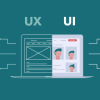
Product Design

User Interface Design

Pitch Presentation

User Experience Design
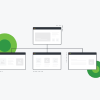
Information Architecture

Illustration & Icons

Design Systems

Product Design

User Interface Design

Pitch Presentation

User Experience Design

Information Architecture

Use Cases

Experience Maps
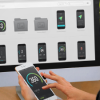
Interactive prototypes
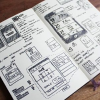
Idea Sketching
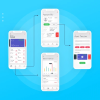
High-Fidelity Prototypes
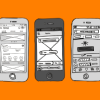
Wireframes
Rapid prototyping allows quick validation of ideas, saving time and resources. It's a crucial step in efficiently iterating through concepts to arrive at a functional and validated MVP.
Prioritizing features based on user needs ensures your MVP addresses core user requirements. This user-centric approach enhances the product's initial impact and sets a strong foundation for future development.
Scalability planning ensures your MVP can handle growth and increased demand. It lays the groundwork for future success, preventing potential roadblocks and enabling a smoother transition to a fully-fledged product.
Yes, an MVP can be developed for complex products. The key is in prioritizing core features and functionalities that deliver the most value. This approach allows for a quicker market entry and user feedback gathering.